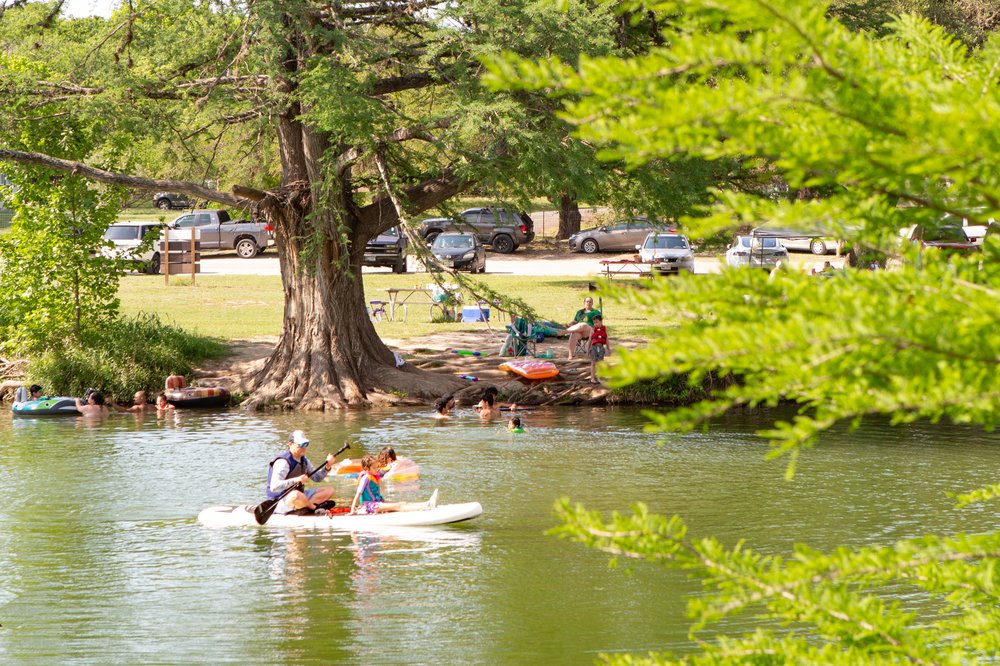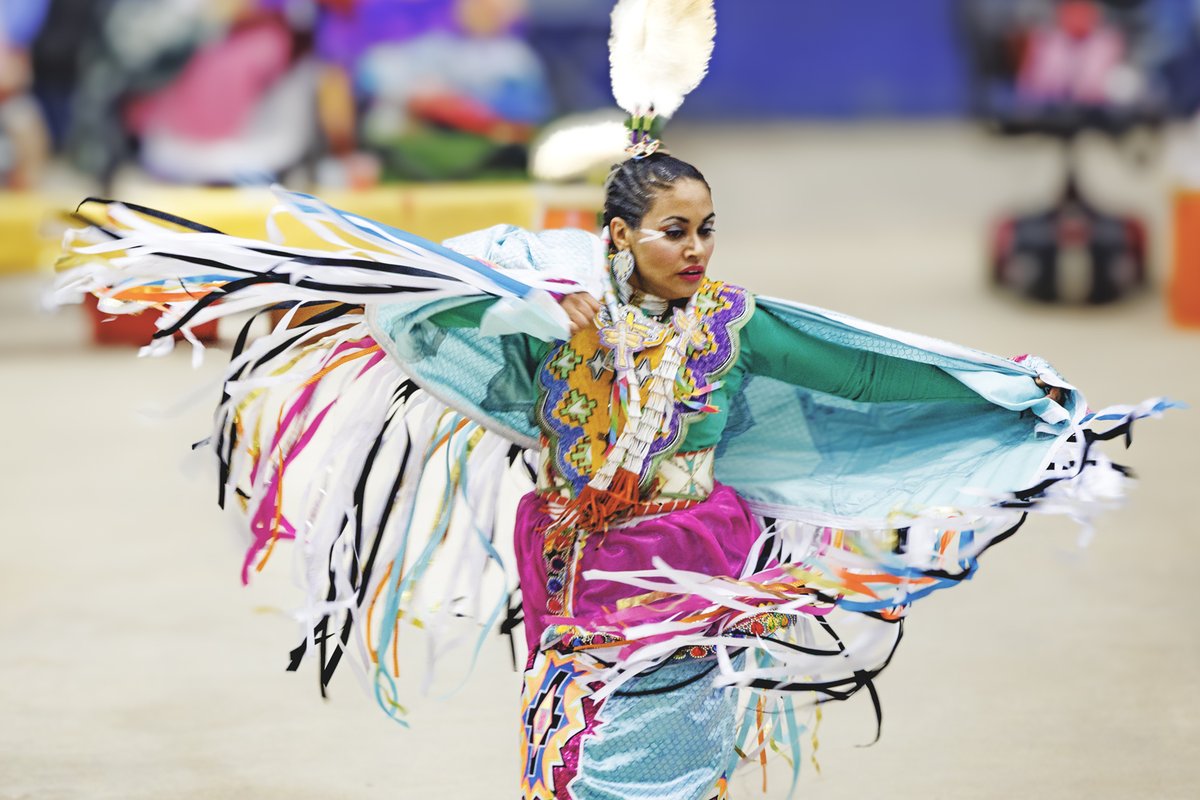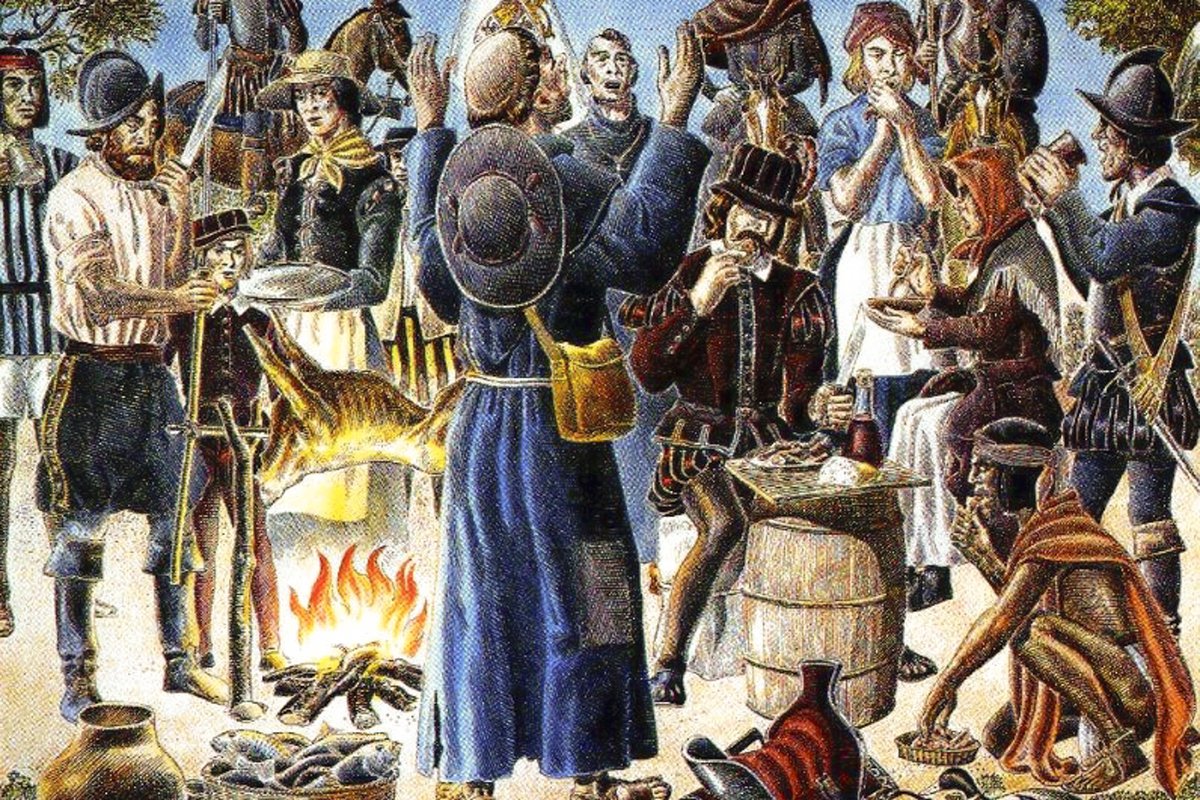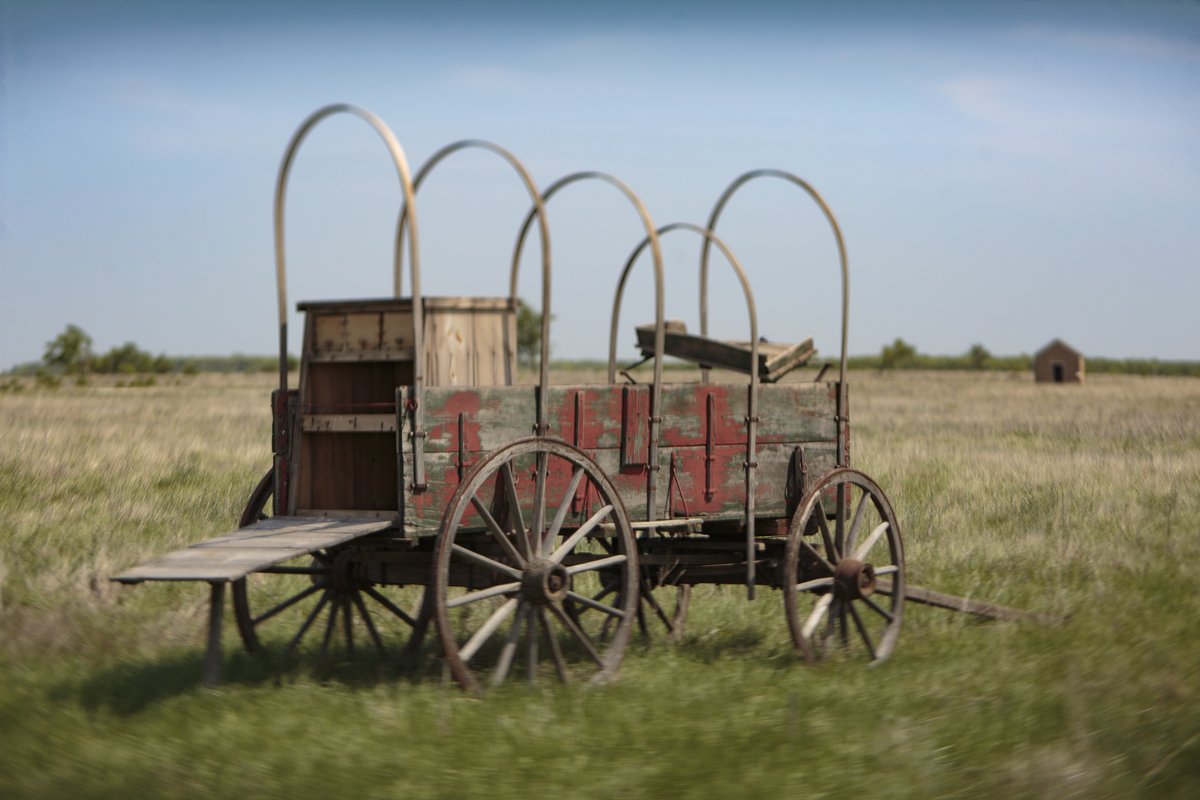As I open the sunroof to impossibly blue skies and marvel at the lush greenery along the two-lane highway to Blanco, it hits me. “White” (the English translation of blanco) is a weird name for such a colorful town and the river running through it.
Deep from the recesses of my fourth-grade brain, I remember: White light includes all the colors of the spectrum.
As does Blanco. Fragrant fields of lavender, that ever-present emerald river, the old rusty truck downtown, a wedge of golden cheese, a flower-filled barn the color of the summer sky, apple muffins wrapped in crimson papers… the Hill Country town of almost 2,000 residents is a veritable rainbow.
There are treasures of creamy white to be found, for sure. The sweet-smelling honeysuckle blooms on the state park trail, the mile-high meringue on the coconut pie, the fresh mozzarella crafted locally from water buffalo milk and — the real reason for the town and river name — the chalky white limestone exposed on cliffs along the river.
You can color Blanco “relaxed” as well. U.S. Highway 281, the main highway, shuttles drivers south to San Antonio and north to Johnson City, but the mad pace of development hasn’t quite reached here yet.
For me, Blanco is two towns over. From my Hays County home, I can take lovely backroads through Wimberley and beyond to start my trip with open land filled with wildflowers. My four decades here are peppered with visits to Blanco.
For road-tripping Texans, Blanco is the Lavender Capital, featuring a crop that came here through the imagination of National Geographic photographer Robb Kendrick, who thought it just might thrive here as it does in southern France. An annual festival (it was June 9-11 this year) celebrates the calming blossoms.
Tasha Brieger Corradini, whose own roots run deep in Blanco, began working for Kendrick as a photo assistant in 1999 and got roped into the lavender business, eventually buying it in 2006.
One of the first lessons she learned was diversification. The Provence lavender strain Kendrick brought to Blanco struggled with extreme weather events, like the 2021 snowstorm that killed 600 plants.
“We’ve got to have multiple varieties in a field so that part of the field will bloom no matter what Mother Nature throws at us,” Tasha says. “Fairly new varieties like Phenomenal and Sensational handle funguses and extremes better.”
First, my trip turns to another wonderful scent, the aroma of baked goods at the heavenly Deutsch Apple Bakery. My daughter requested their dreamy, caramel-capped apple muffins, so I grab several, along with apple bars and a maple pecan pie.
I have another Blanco dessert on my bucket list: a slice of coconut cream pie with heavenly heaps of meringue from the Bowling Club. (Spoiler alert: gelato ahead, too!) Better head to the park for a little exercise: this trip is shaping up to be indulgent.
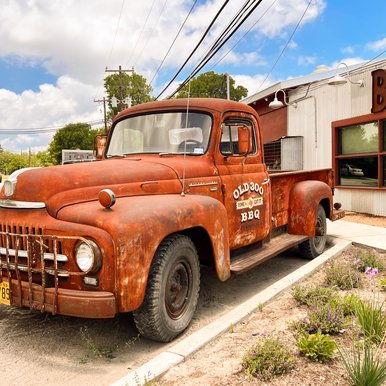
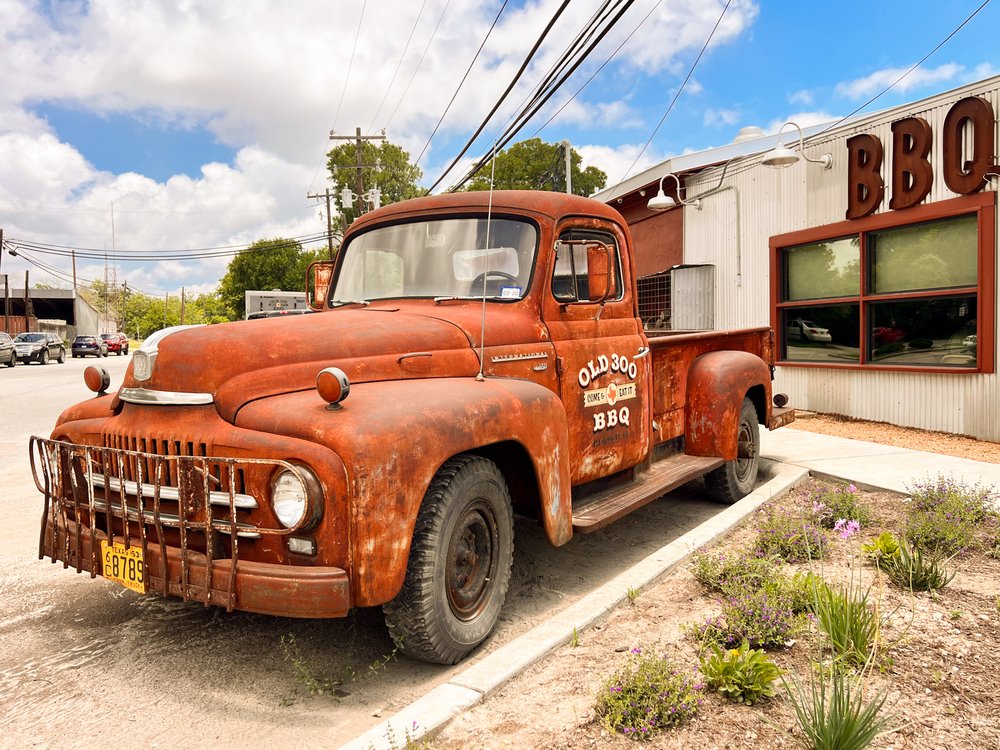
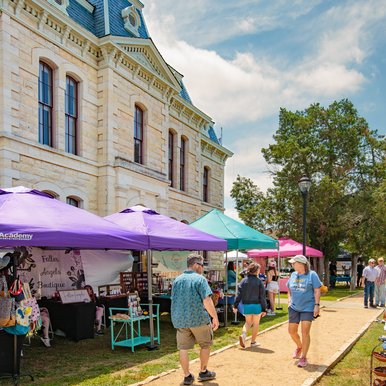
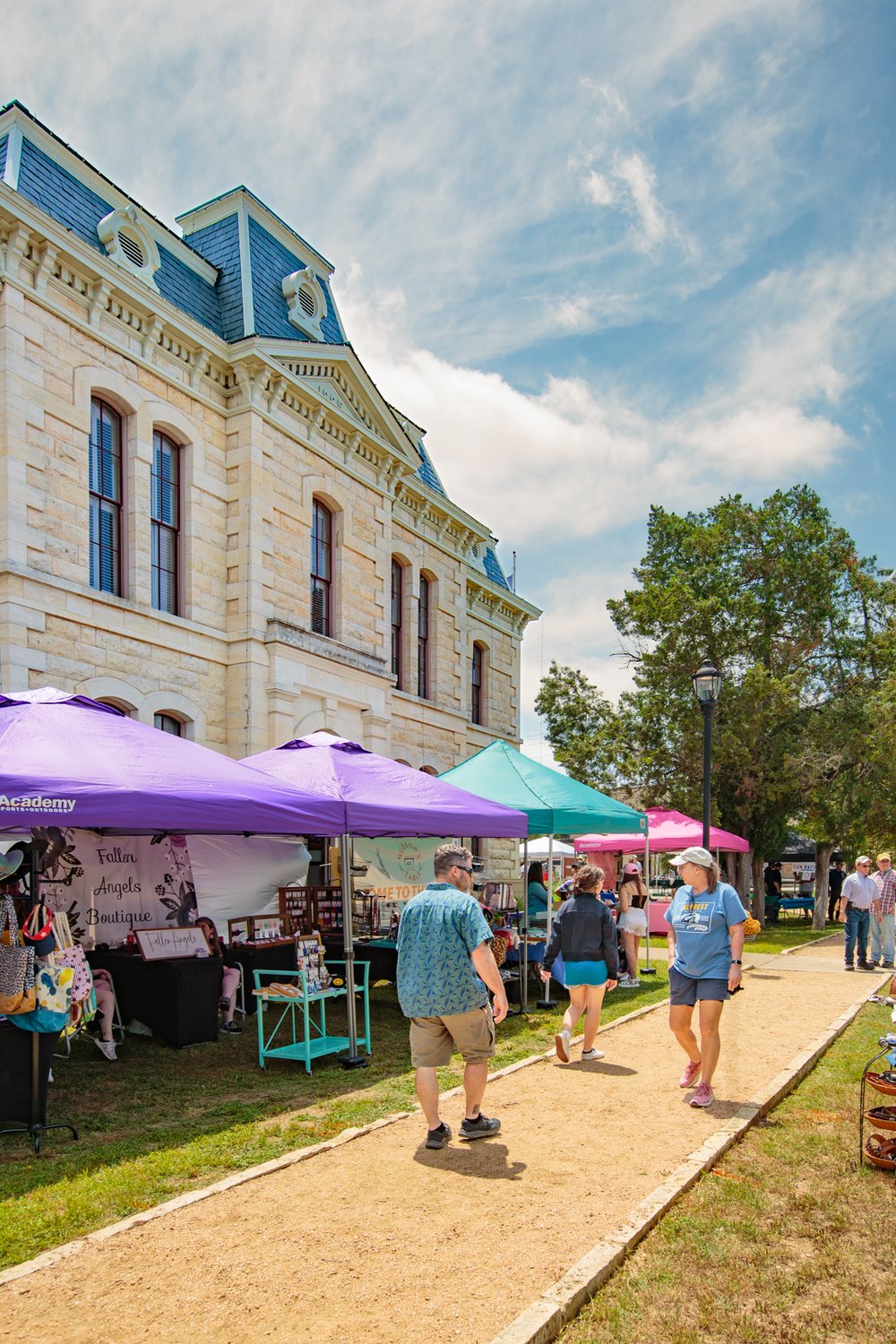
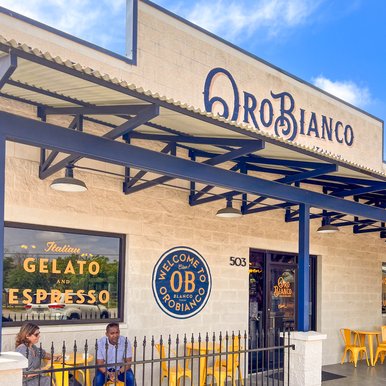

Mile-long Blanco State Park beckons to locals and tourists alike, as it has since its construction by the Civilian Conservation Corps in 1933-34. Blanco is one of Texas’ first state parks. It's an easy walk to the park from just about anywhere in town. A stop at the office for a chat with the friendly state park folks sets me up for my visit. Interpreter Rena Beyer tells me about the park’s integration into the community.
“We see many of our neighbors daily, walking or otherwise enjoying the park; we’ll see them at the grocery store, restaurants and at school and community events,” she says. “They have become more than park visitors; they are friends. The community feels a strong connection and ownership of the park. They have a long history of supporting our park, not just through generously donating their time, but through local and state advocacy efforts as well.”
Families splash in the water below the dam; others seek easy-to-find solitude for some relaxing bank fishing (sunfish, channel catfish, Guadalupe bass and largemouth bass — rainbow trout stocked in winter). No fishing license is needed in a state park; there’s even loaner gear available. Rent tubes and kayaks, too.
The CCC work in Blanco includes the picnic pavilion, two dams, roads, benches and more. My first stop is the CCC’s Long Table, split into two and spanning 70 feet, perfect for large groups enjoying a feast al fresco. Then I’m off to hike the park’s two short trails, hoping to find an iconic belted kingfisher seeking its prey along the river.
I’m stopped short by the heady scent of honeysuckle under the bridge and stop to drink it in. I wander first above the river, with the neat yards of Blanco residents to my right, then on the lower loop along the riverbank. Greenery, lush from abundant spring rains, forms an inviting tunnel to follow. Cliffs rise to my left.
I’m so absorbed in my silent watchfulness that a sudden ruckus makes me jump. A great blue heron startles and rises quickly and clumsily to evade my intrusion. I’m delighted by the unexpected encounter.
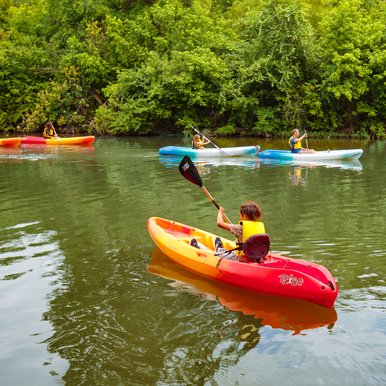
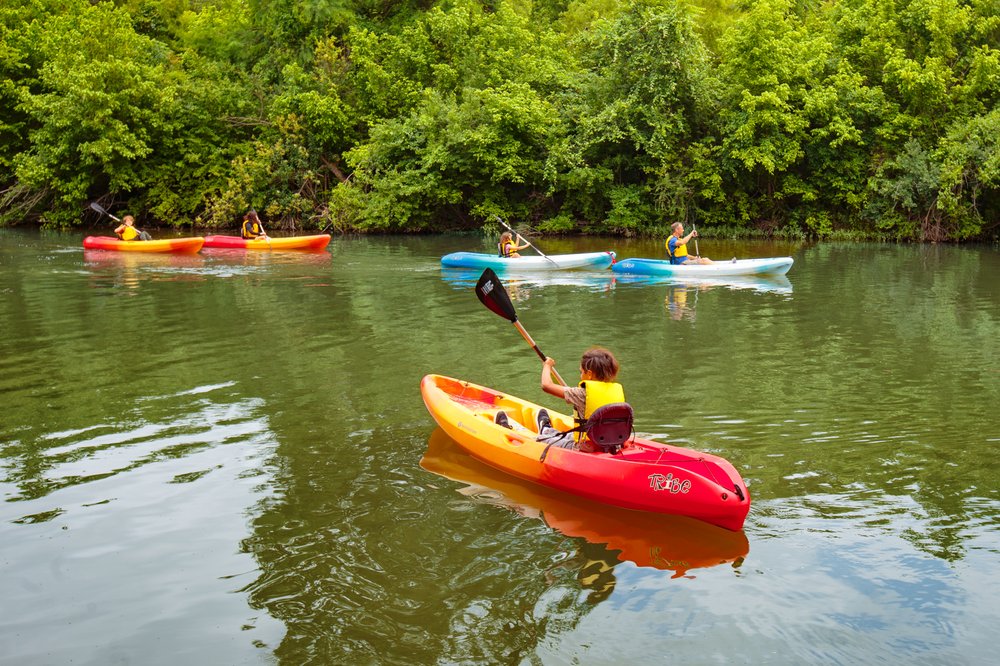
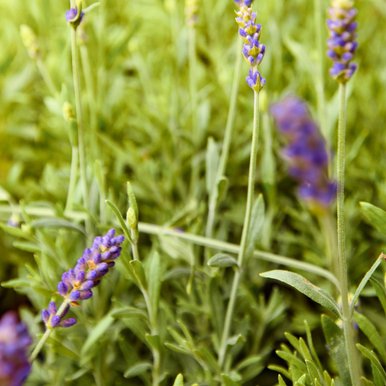
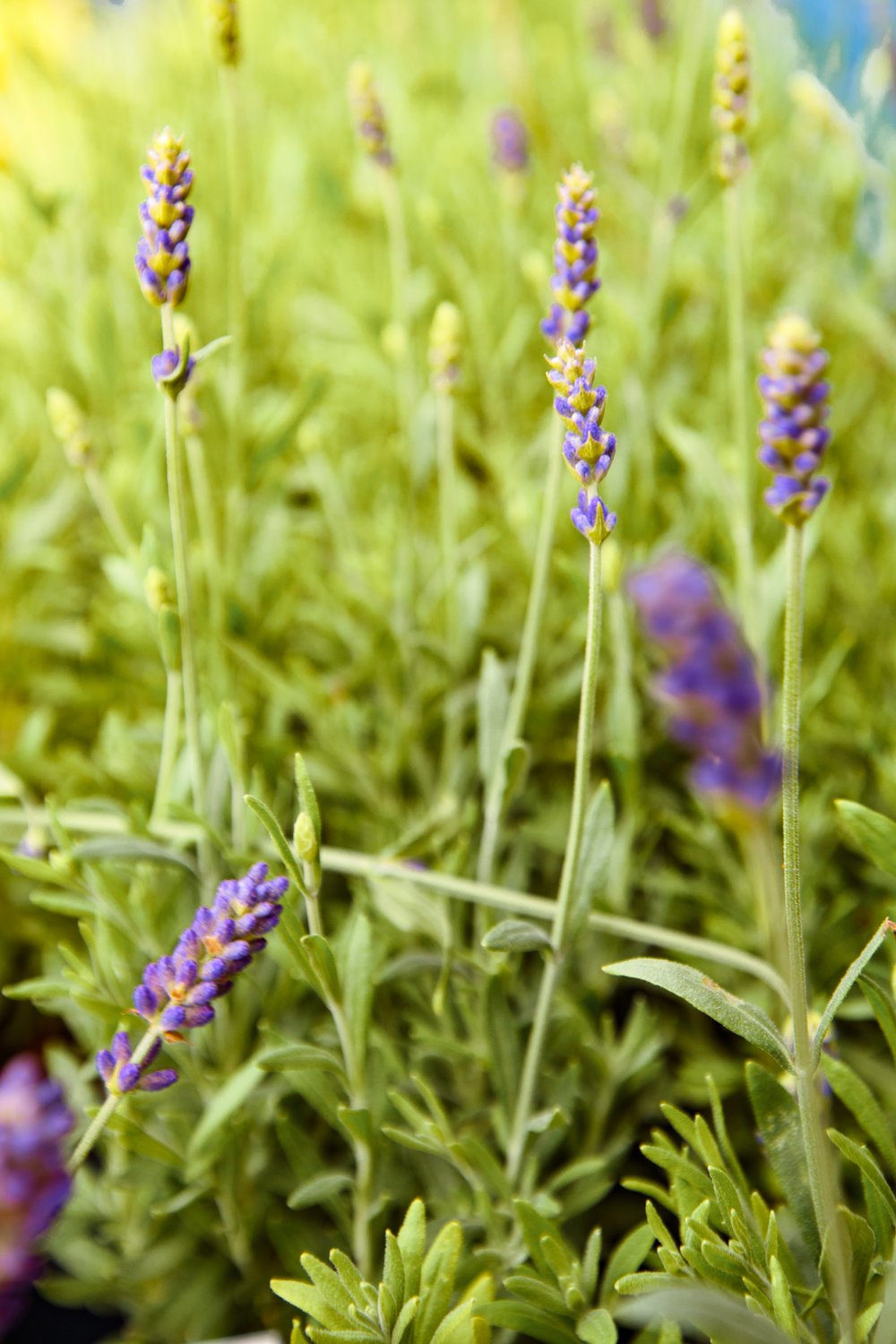
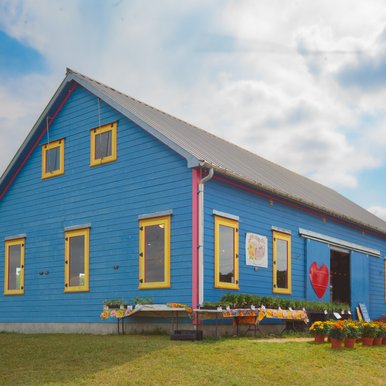
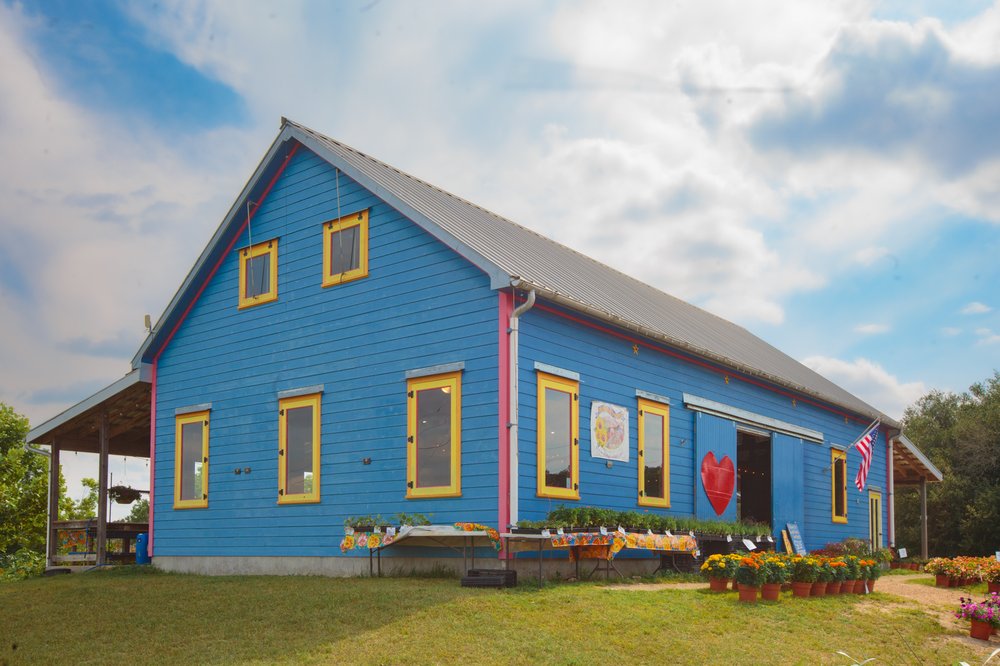
There’s more to explore in town, and I hope to be back at the park soon for a stolen afternoon of bank fishing and to watch for that kingfisher.
One of the best things about the old courthouse on the very walkable square is the true story of its limited lifetime as the hub of the county. Built in 1885–86, designed by prominent Austin architect Frederick Ernst Ruffini, it was used for only four years before an election moved the county seat to Johnson City.
In the ensuing years, the courthouse served as office building, school, hospital, newspaper office, museum, restaurant and more. One hundred years after its construction, a man wanted to move it, stone by stone, to his ranch to serve as his residence. Public outcry foiled his plans; a preservation group completed the building’s renovations in 1998.
Today, historical photos line the courthouse stairways. Upstairs, an empty courtroom allows visitors to imagine it as the movie set for the 2010 remake of the classic Western movie True Grit. Every third Saturday, vendors spread across the manicured lawn for a Market Day sale.
The square offers a variety of shops to browse, with a textile studio for sewing enthusiasts, floral shops, a variety of eateries and city hall, with a burned wooden sign reminiscent of craft time at Hill Country summer camps.
Stopping at the locally owned Redbud Café for a lavender lemonade, I remind myself to come back Friday night to enjoy Erik Hokkanen’s fiddling with one of Jon and Jan Brieger’s (they are Tasha’s parents) iconic Reuben sandwiches on swirled dark bread. Their pottery shop next door offers all things lavender.
The rust-red antique truck at Old 300 reminds me to bring home some supper. Pitmaster Ladd Pepper, a Blanco boy since first grade, has served presidents and celebrities. The last names of the first 300 families to settle this state catch my eye as I wait to order some brisket, ribs and sausage.
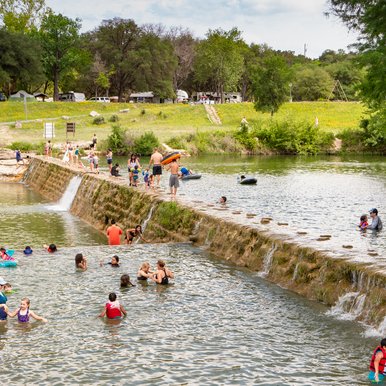
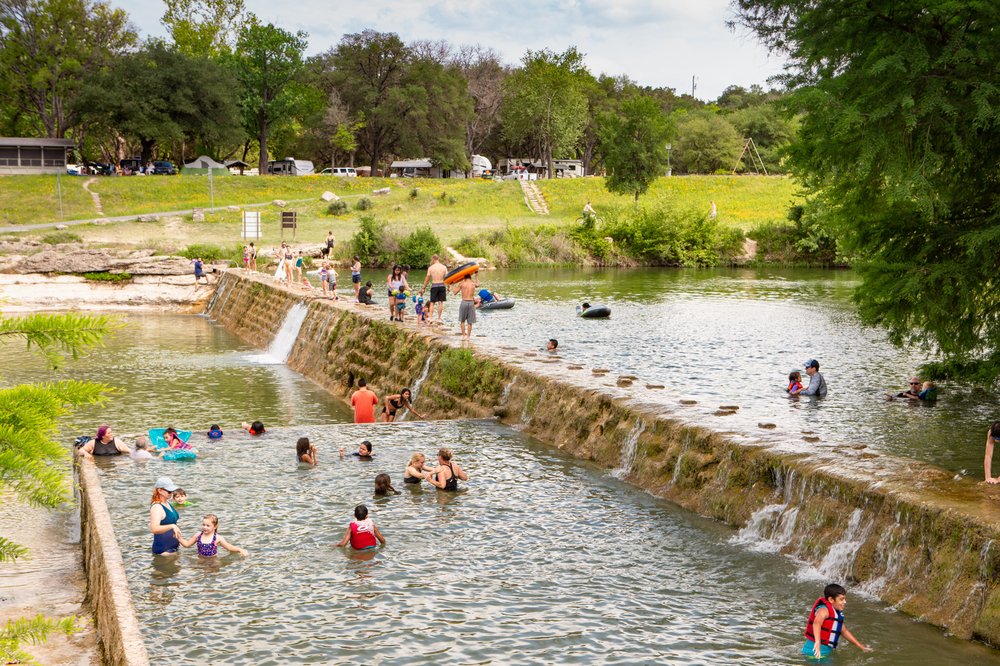
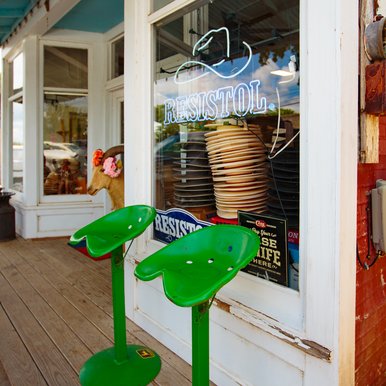
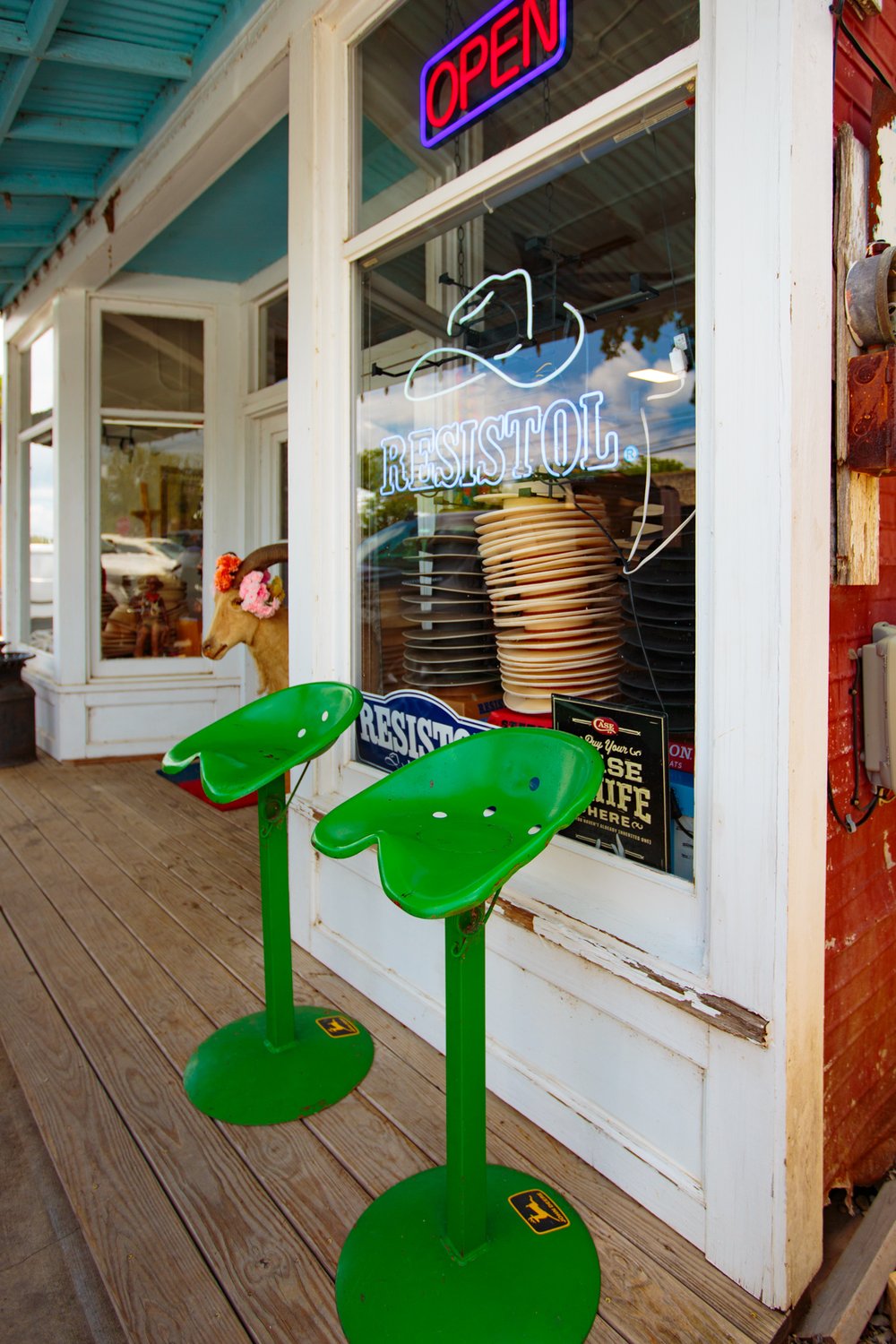

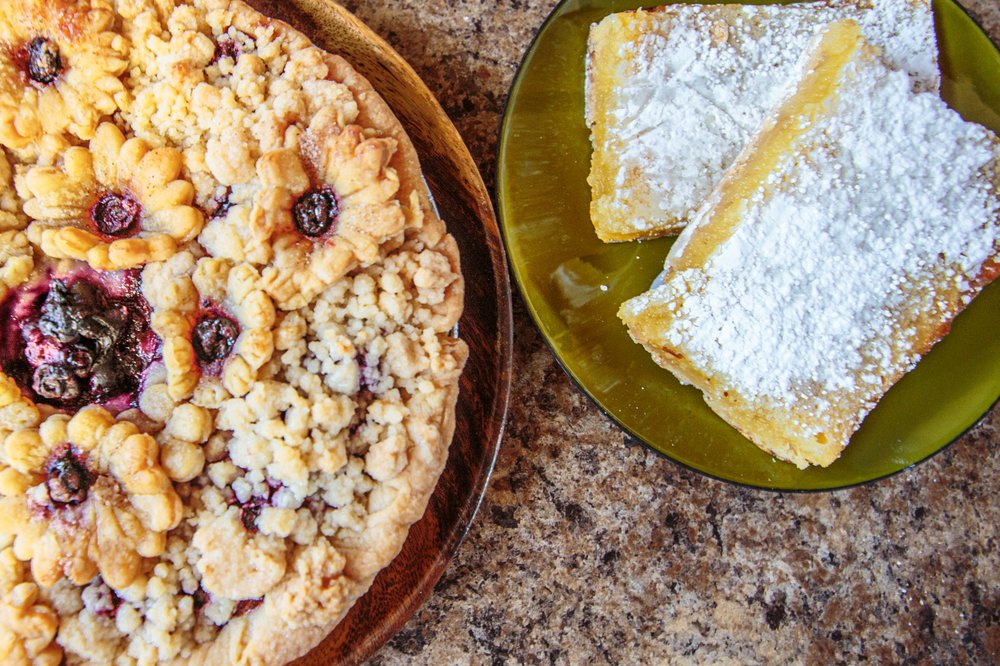
An afternoon pick-me-up is in order, so I head over to the new-to-me OroBianco Creamery, where everything is made from water buffalo milk. I settle on a wedge of Yellow Rose cheese that looks like an aged cheddar but shreds like a reggiano, plus a small coffee gelato. The products are made onsite; the growing business has expanded to Stonewall and Fredericksburg.
Though I had passed Arnosky Family Farms’ Blue Barn on the way in, I save this stop for last. Frank and Pamela Arnosky are longtime friends; we helped raise the barn, played music for dances and fundraisers and mourned the passing of longtime friends there. I decide to buy some flowers and consider each bundle of riotous blooms, prettier than any in a florist shop. I find the perfect one and bury my nose in the scent.
There’s an honor box for my money, a symbol of trust and neighborliness that seems to convey the sweetness that still abides in this small town.
Tasha has moved just across the road from the Blue Barn. COVID changed life and business for her, and she’s happy to be close to the Arnoskys — her parents went to school with Pam and Frank.
“Blanco is a hidden little gem that has held on to its charm,” she tells me. “People can wander around all day long, feel relaxed and at home. The hustle and bustle leaves you here. You can have lunch on the front porch. Even working here feels more relaxed. If it doesn’t happen today, it’s not the end of the world: there’s always tomorrow.”
My new friend gives me the scoop on where to get coconut cream pie if the bowling alley’s closed: Josie’s. Maybe she can help me find that belted kingfisher at the park, too.
